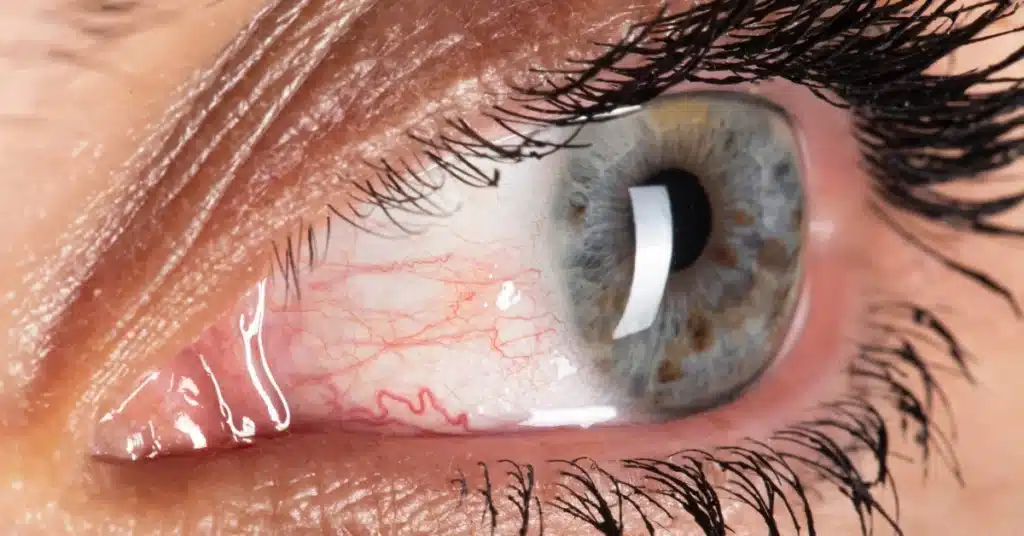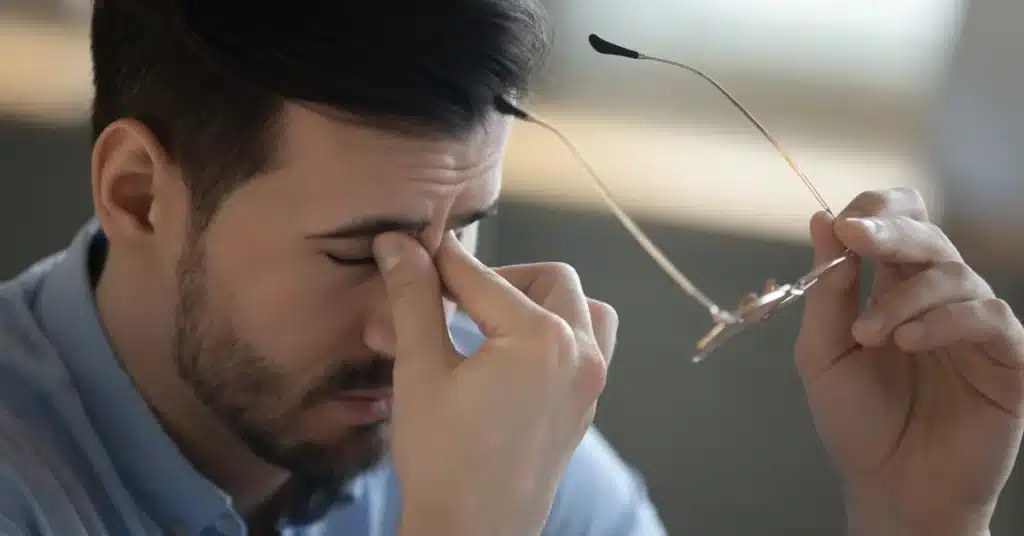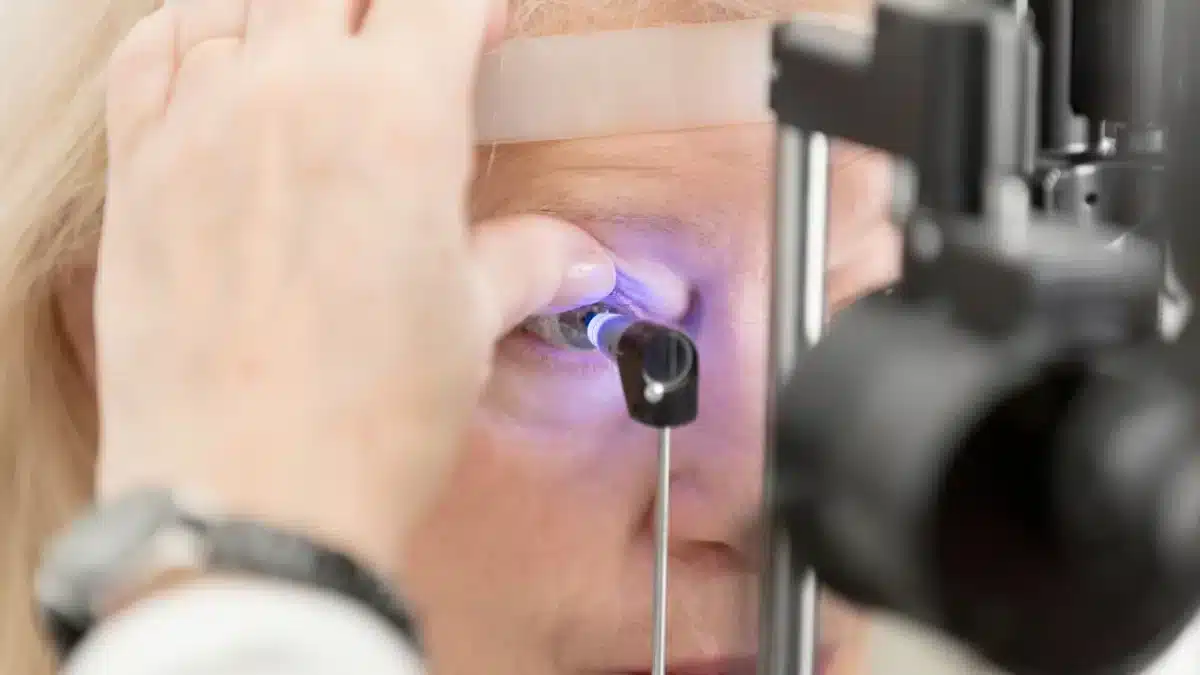Glaucoma Vision Loss Pattern: What Are the Changes in Your Visual Field?
Glaucoma is among the top causes of blindness in people with any age group, with a prevalence of 2.4% in older people worldwide.
Generally, this eye condition is asymptomatic in the early stages and often shows changes when it progresses to its advanced stages.
Thus, it is often referred to as a “silent thief of eyesight.”
People can notice a vision loss as the eye condition progresses, and if the condition is not treated early, it can lead to permanent blindness.
Therefore, it becomes crucial to learn more about this condition and how it can steal your eyesight without showing early symptoms.
This article will help you understand the Glaucoma vision loss pattern and what vision looks like in people with Glaucoma.
So, let’s delve into the topic and explore the changes in the visual field!
What is the Glaucoma vision loss pattern
In the beginning of this eye condition, you may not notice any significant change in your vision.
However, over time, you may slowly see changes in your eyesight, from blurred vision to redness, pain, and even halos around a light source.
Glaucoma can slowly affect your eyesight and cause vision loss, as mentioned below:
Glaucoma peripheral vision loss
The gradual loss of peripheral vision, also called tunnel vision, is one of the symptoms of Glaucoma.
The loss of peripheral vision cannot be seen in the early stages as the central vision remains comparatively intact.
However, as the condition progresses, a blind spot (area through which you cannot see) develops at the periphery (side) of the eyes.
If left without treatment, the condition can worsen, and you may lose your eyesight permanently.
Central vision loss Glaucoma

Vision loss from Glaucoma usually affects the peripheral vision.
However, after deteriorating the peripheral vision, this eye condition proceeds toward the central vision and results in complete loss of vision.
According to the Centers for Disease Control and Prevention, changes in central vision will make it disrupt daily tasks such as reading and driving and can affect the quality of life.
Also, a study included 99 patients with different stages of Glaucoma.
The majority of the patients complained of central vision issues, such as blurred vision, glare, and light sensitivity.
Travatan
Azopt Eye Drop
Pilocar Eye Drop
What does vision with Glaucoma look like
Here are the common changes in the visual field of people with Glaucoma:
Blurred vision

During the later (moderate or advanced) stages of Glaucoma, people can notice blurred vision while looking at the objects.
It occurs due to the damage in the optic nerves that can cause disruption in sending the signals to the brain.
Moreover, people can find it difficult to read books and recognize faces.
Decreased contrast sensitivity
The damage to the optic nerve also results in decreased contrast sensitivity to a greater extent than the visual field.
As a result, people may find it difficult to differentiate between objects of similar boundaries or shades.
In a study involving ninety-nine people, more than half a percentage reported needing more light.
Increased sensitivity to light
People with Glaucoma can also become sensitive to light. This condition is called Photophobia.
Photophobia can cause discomfort even in normal light and make it difficult to stay outdoors for long periods.
Halos and glare
The halos can appear as a closed ring around the source of lights, such as car headlights, that makes it difficult to see while driving at night.
It occurs due to changes or irregularities in the optical system caused due to Glaucoma.
Therefore, people with Glaucoma must be aware of these changes in their visual field and seek medical treatment to avoid any complications.
Conclusion
Glaucoma is one of the causes of vision loss and blindness among people worldwide.
In the beginning, you may not notice any significant difference in the vision. However, as the disease progresses, symptoms can start to appear.
Glaucoma can firstly affect your peripheral vision, also called tunnel vision.
After deteriorating the peripheral vision, this eye condition can progress and also affect the central vision.
Besides these visual changes, Glaucoma can result in blurry vision, decreased contrast sensitivity, halos around the light source, and light sensitivity.
All these changes may cause disruption in your tasks. Therefore, it is important to seek medical treatment and prevent the progression of this disease.
Frequently Asked Questions
What is the most common pattern of visual field loss in Glaucoma?
Peripheral vision loss is the most common pattern of vision loss in Glaucoma. It cannot be seen in the early stages of the disease, as the central vision remains comparatively intact at the time. But with its progression, a blind spot may develop at the periphery of the eyes.
Which visual field is lost first in Glaucoma?
The peripheral visual field is lost first in Glaucoma. However, this symptom cannot be seen in the early stages of Glaucoma. But as the disease progresses, a blind spot can develop at the periphery of the eyes. It results in narrowing the vision and difficulty in seeing objects clearly.
What are the changes in vision after Glaucoma?
In the early stages of Glaucoma, you may not notice changes in the vision. However, with the progression of the eye condition, you can face blurred vision, halos and glare around the light source, and increased sensitivity to light. These can make late-night driving difficult.
What does vision look like after Glaucoma?
People with Glaucoma can have blurred vision, making it difficult to see clearly. They tend to have decreased contrast sensitivity and increased light sensitivity that can cause difficulty in distinguishing between objects and staying outdoors, respectively. People can also experience halos around the sources of light, making driving difficult.
Is Glaucoma central or peripheral vision loss?
Vision loss from Glaucoma usually affects peripheral vision, where a blind spot develops at the edge of the eyes. However, it can cause central vision loss after peripheral vision, making daily tasks such as reading and driving difficult.
WowRx uses only high-quality sources while writing our articles. Please read our content information policy to know more about how we keep our content reliable and trustworthy.






